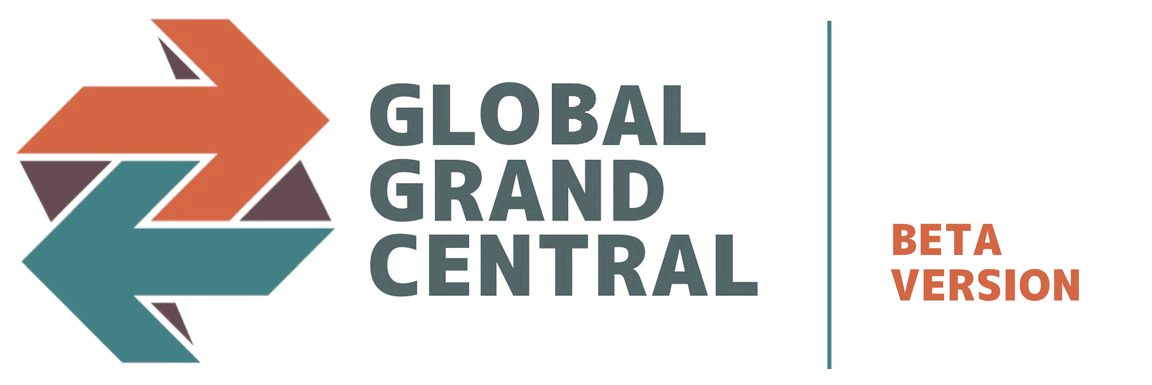Why
Numerous activities that are considered normal by the public and even encouraged by the state in contemporary society, have, in fact, extremely harmful consequences. One example is the fast fashion phenomenon, i.e., the production of “fashionable” clothing on a massive scale with short production and distribution times. Fast fashion has invaded the public space through endless shops and commercials while consuming and encouraging people to consume have become the central activities that take place in it. There is a need to reclaim the public space for other, more useful and fulfilling activities, to transform the public space from a “marketplace” to an open platform and open up the possibilities for a transformation of individuals from consumers to engaged citizens.
The goal of my research is, to, by employing the social harm concept, draw attention to the gravity of the consequences of consumerism, a practice perceived as normal in the context of contemporary socioeconomic conditions. The applicative goal of this research is also an attempt to contribute to the reduction of social harm. Greater attention dedicated to social harm and a negative label attributed to the concept by criminologists may lead to a more critical approach by the public which may, in turn, lead to a reduction of social harm.
Location
Lublin, Poljska/22.568446300000005,51.2464536,4/1000x300.png)
Characteristics
Area
Audience
With an aim to better understand Lubliners's stance towards social harm, fast fashion and ethical fashion I wanted to reach a diverse group of people. I was able to talk about the subject to two groups of students, a group of women between the ages of 25-40 and a group of senior citizens.
How the audience/participants were reached or discovered
I was lucky enough to have been assisted in my research by Workshops of Culture who helped me arrange focus groups.
How it was done
How
Interviews
In Lublin, I observed the presence of fast fashion retailers in the public space and conducted four focus groups with the aim to explore their attitudes towards social harm, fast fashion and ethical fashion. I was curious about how inhabitants of Lublin perceive harmful events, such as murder, theft, environmental pollution, tax evasion and poor working conditions. What do they consider to be the most harmful? Furthermore, I attempted to uncover the shopping habits of Lubliners when it comes to clothing. I wanted to know where they buy clothes, what they take into account when they shop and whether ethical considerations play a role in their decision making.
Results
Bordr Stories
As part of this activity, Bordr stories were booked.
View more stories posted with this activity
The results of my research were a valuable insight into the minds of inhabitants of Lublin and their dual role of citizens and consumers. It was interesting to see that most people consider murder to be the most harmful and even more interesting to hear their rationalizations, such as »life is the most important«; »because it has the harshest punishment«; because it is irreversible«; »because it is a close, personal attack« and so forth. Likewise, quite a few respondents deemed pollution as the most harmful, predominantly »because it affects more people«. To the contrary, tax evasion and poor working conditions seemed to be perceived as less harmful, largely because the harm happens far away from them.
How it went
Main lessons learned
I learned about diversity as the experience helped me understand better how distinct experiences inevitably produce an array of different worldviews and opinions. At the same time, an evident lesson was the influence the media plays in shaping perceptions people hold about harm.
Inspiration
I was inspired by a documentary film entitled “The true cost” which depicted the devastating effects that the garment industry has had on the lives of workers and on the environment they live in. Garment workers are often exposed to human rights violations and discriminatory practices such as unfair pay, forced labor, child labor, violations of women’s rights, unreasonable working hours, dangerous working conditions, discrimination, and the absence of trade unions (Stotz and Kane, 2015). At the same time the fashion industry, producing over 100 billion items of clothing annually, with 60% ending up in the trash within a year (Ecological Footprint, 2017) is the second largest global industry polluter (Fast Fashion Is the Second Dirtiest Industry in the World, Next to Big Oil, 2015).
Credits
I am grateful to Agata Will and Magda Luczyn for their help.
Activity Timeline
2017
-
Consumerism, fast fashion and social harm
My research work began with a thorough literature review which included books, reports, articles in scientific journals, internet sources, conference papers and so forth. Observing consumers in big shopping malls and in open markets generated new ideas for my research as well as helped me understand their consumer habits and differences between groups of consumers. Lastly, in light of the exploratory nature of my research the method of focus groups was employed. It appeared suitable as the goal of the research was to gain an in depth understanding of consumers, their perceptions (of social harm, fast fashion and ethical consumption), their motives and hesitations.
I learned a lot form my experience and I feel my contribution, although minimal, has been opening up the debate about the fast fashion phenomenon and the footprint that the massive consumption of clothing has left on the public space.



